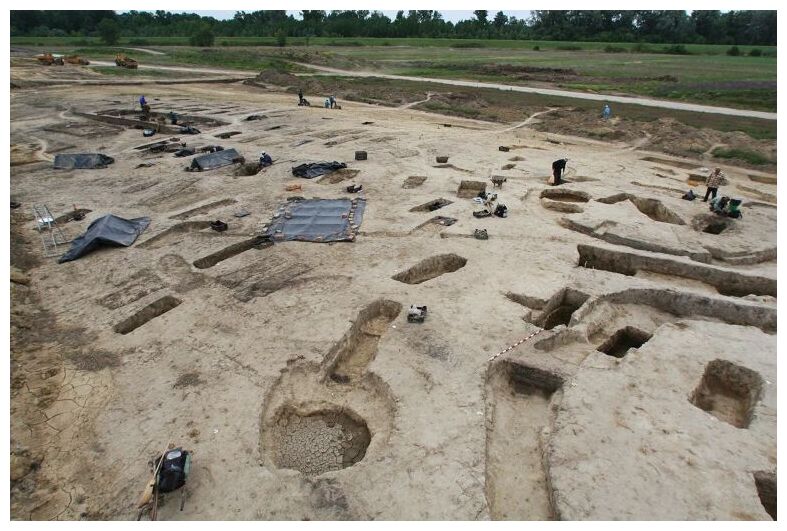OF THE
TIMES


The same sentiment was recorded by Ben-Gurion on other occasions, such as at a meeting of the Jewish Agency executive in June 1938,[5] as well as by Chaim Weizmann.[4][6] Ben Gurion said:The above quote from Ben Gurion has a reflection in the statements found in the article:We shall smash these frontiers which are being forced upon us, and not necessarily by war. I believe an agreement between us and the Arab State could be reached in a not too distant future."[7]
Netanyahu enthusiastically promoted the reshaping of the region based on establishing ties with Arab countries, especially Saudi Arabia.At the moment events are not really working in favour of such a development, although the US and European allies support Israel.
"There's no question: the Abraham Accords heralded the dawn of a new age of peace," he claimed. "I believe we're on the cusp of a more dramatic breakthrough: a historic peace between Israel and Saudi Arabia."

Tunisia, Algeria, and Libya have begun talks without Morocco and Mauritania, the other founding members of the former Maghreb union
The leaders of Tunisia, Algeria, and Libya will reportedly discuss the revival of the Arab Maghreb Union (AMU), a regional political and economic bloc at an upcoming summit. The AMU has been largely dormant for more than a decade due to diplomatic tensions between some member states.
Tunisian President Kais Saied announced the move in a statement on X (formerly Twitter) on Saturday, saying he will host his Algerian counterpart, Abdelmadjid Tebboune, and Libya's Presidential Council leader, Mohamed Younes Menfi, for the first summit of the "three sister countries."
Local media reported the meeting would take place on Monday in the Tunisian capital, Tunis.
Last month, on the sidelines of a gas-exporting countries summit in Algeria, officials from the three North African countries agreed to hold talks every three months.
The AMU initiative has been criticized for excluding Morocco and Mauritania, which have also been bloc members since its formation in 1989. Moroccan media has accused Algeria of attempting to form a new regional alliance without Rabat, claiming that the move reflects Algiers' waning influence on the regional or continental front.
Algerian President Tebboune rejected the allegations in an interview with state broadcaster Alg24 News, declaring that the "bloc is not directed against any other state, and the door is open to countries in the region."
The five-member AMU grouping has faced several setbacks over the years, including a political and diplomatic rift between Algeria and Morocco that has resulted in a boycott of high-level talks since 2008.
"Anyone who doubts that this nation building and police activity has not become real and very effective right here in the United States need only visit the area around Fort Bragg to find one of these early paramilitary CIA-oriented specialist, General Tolson, sending his American soldiers out into the countryside with nation-building programs for the citizens of the United States. If such tactics continue, it is possible that an enlargement of such a program could lead to a pacification program of areas of the United States, such as the CIA and the US Army have carried out in Indochina."
- Col. Fletcher Prouty "The Secret Team" (1972). Prouty served as a liaison officer between the Pentagon and the CIA between 1955 and 1963.
"Only five percent of the people need to be organized in this fashion to install a fascist dictator in the United States. That is the ultimate objective of the greatest covert operation ever, the one in which the oligarchs steal everything you own."― Douglas Valentine, The CIA as Organized Crime: How Illegal Operations Corrupt America and the World

Comment: